April 22, 2025
Restoring RMI: an Adventure of Hope
Conservation is an adventure--literally! Read the tale of how Jemo and Bikar were restored, and learn how they are islands of hope for RMI.
We use cookies to help you navigate efficiently and perform certain functions. You will find detailed information about all cookies under each consent category below.
The cookies that are categorized as "Necessary" are stored on your browser as they are essential for enabling the basic functionalities of the site. ...
Necessary cookies are required to enable the basic features of this site, such as providing secure log-in or adjusting your consent preferences. These cookies do not store any personally identifiable data.
Functional cookies help perform certain functionalities like sharing the content of the website on social media platforms, collecting feedback, and other third-party features.
Analytical cookies are used to understand how visitors interact with the website. These cookies help provide information on metrics such as the number of visitors, bounce rate, traffic source, etc.
Performance cookies are used to understand and analyze the key performance indexes of the website which helps in delivering a better user experience for the visitors.
Advertisement cookies are used to provide visitors with customized advertisements based on the pages you visited previously and to analyze the effectiveness of the ad campaigns.
Looking to make an impact this Earth Month? Here’s how.
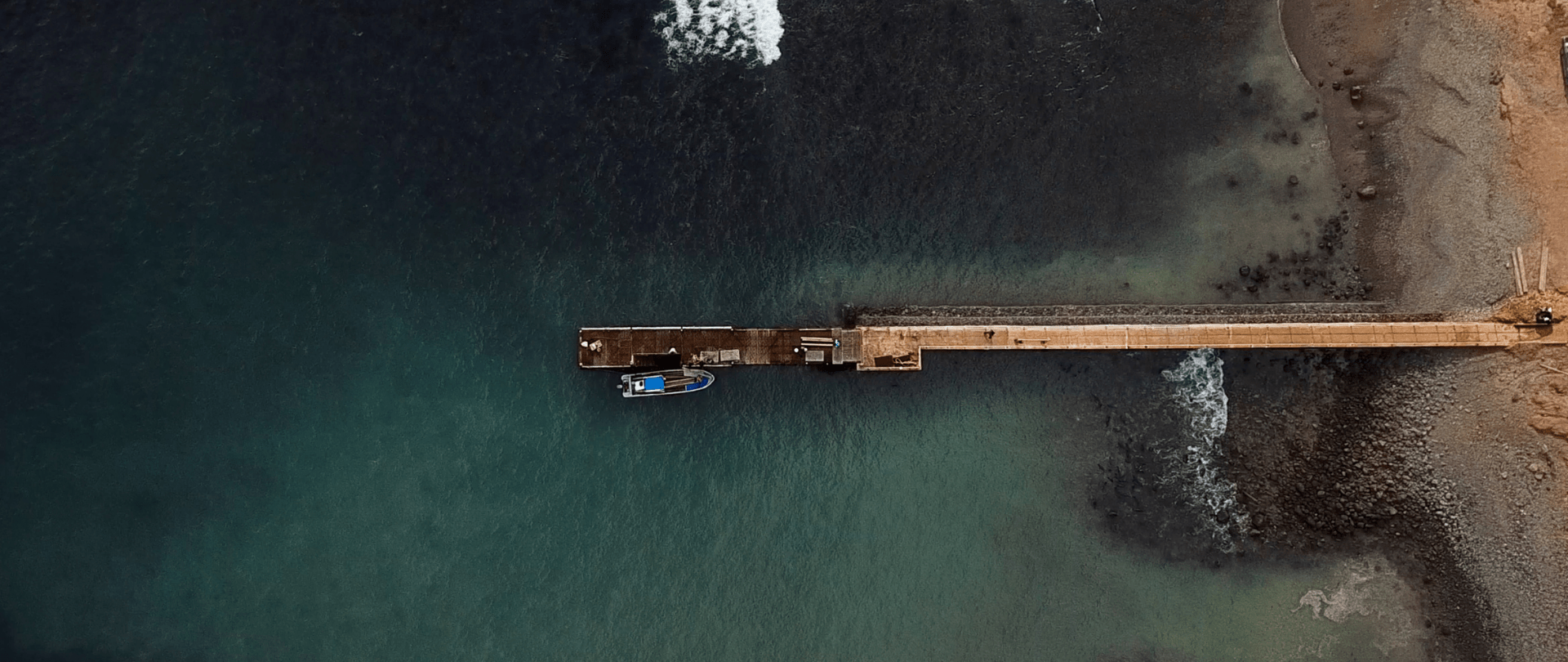
Last year, Dartmouth filmmaker Cece King traveled to Juan Fernandez Island to learn about the work Island Conservation is doing to protect endemic species and holistically restore the ecosystem. This is Part 1 of her two-part reflection on her experience on this remote Chilean island, including her own photos from her journey!
You can follow Cece King’s film about our work on Robinson Cruse Island, Chile, at @silaislaquiere.film.
Located at 33.6° S, 78.8° W, right smack in the middle of the Pacific Ocean, lies the volcanic archipelago Juan Fernandez.
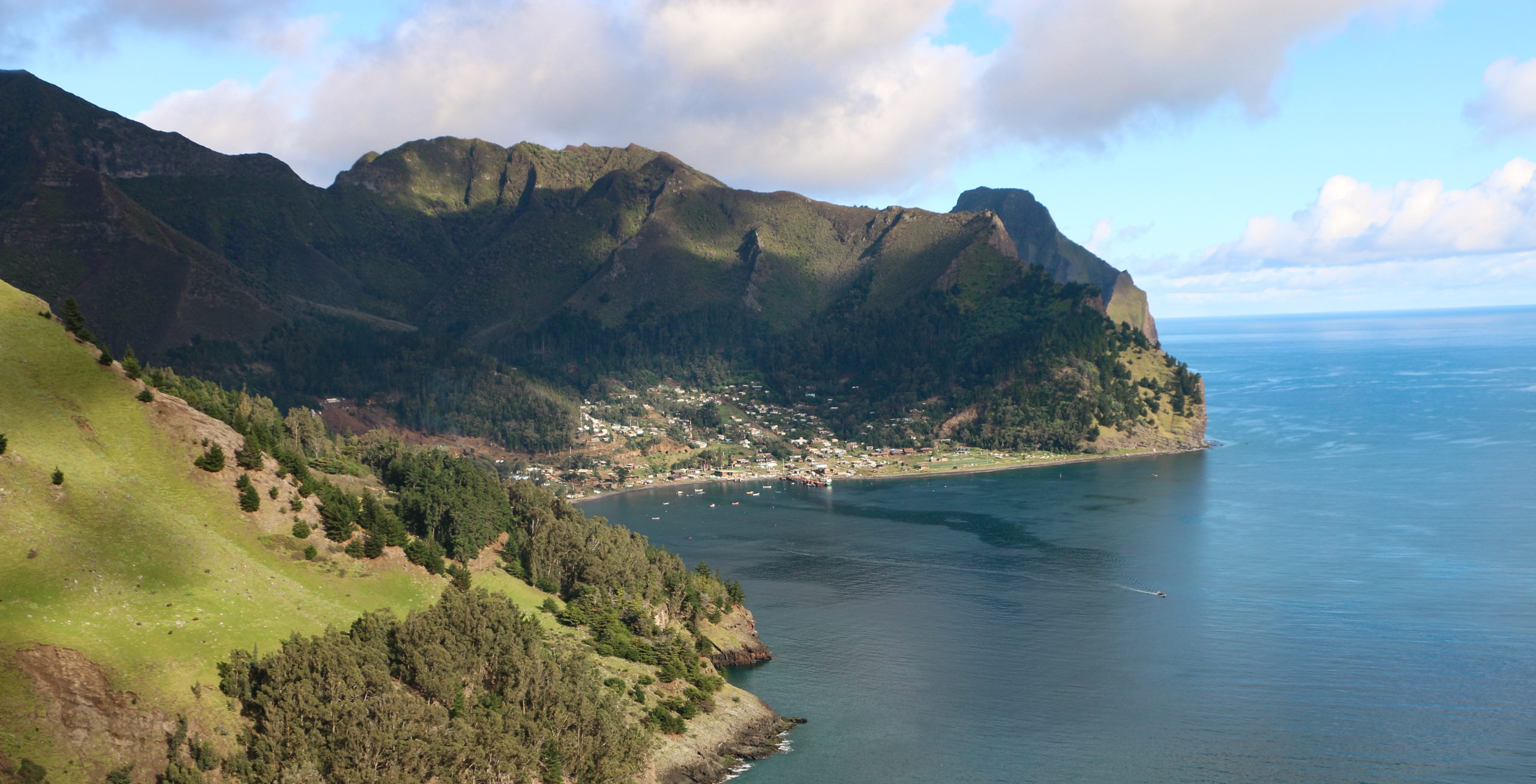
Having developed in isolated conditions, the islands are home to over 500 endemic species. With 61 times more endemic flora per square kilometer than the Galápagos, it is one of the most biodiverse and remote places in the world. But perhaps even more remarkable is that most of the land and surrounding ocean have yet to be explored. While there is more unique life on the island than what has been formally recorded, what interests me is not the pursuit of this unknown but rather what it means to live in harmony with it.
From September-November of 2023, I had the privilege of living on the island most recently named Robinson Crusoe, the only permanently inhabited of the archipelago. I was there on a grant from Dartmouth College to intern with the Island Conservation communications team and local partners to glean insights into what it means to live with nature.

In 1935, the archipelago became a Chilean national park, and in 1977, a UNESCO Biosphere Reserve. The town and the tiny airstrip at the other end of the island lie nestled among 93 square kilometers of parkland. Building beyond these boundaries is prohibited, so transportation infrastructure is naturally limited. There are very few cars on the island, so trekking is the primary modality of getting yourself from one place to another. For me, that meant swapping sneakers with Salomons and getting comfortable in the mud.

In 2018, the surrounding ocean was designated a marine park, with a small area set aside for local, artisanal fishing. When I put on a scuba tank and plunged beneath the town’s dock, I was immediately surrounded by a tornado of fish, and when I went swimming in the 60 degree water, I was joined by cheeky endemic Fur Seals mimicking my movements.
Despite the relatively recent history of formal protection, a culture of conservation has existed in this community for centuries. In 1894, lobster fishermen imposed a size limit on captures. And rather than cut a path through the primordial, untouched forest, the islanders have always built their lives on the perimeter.
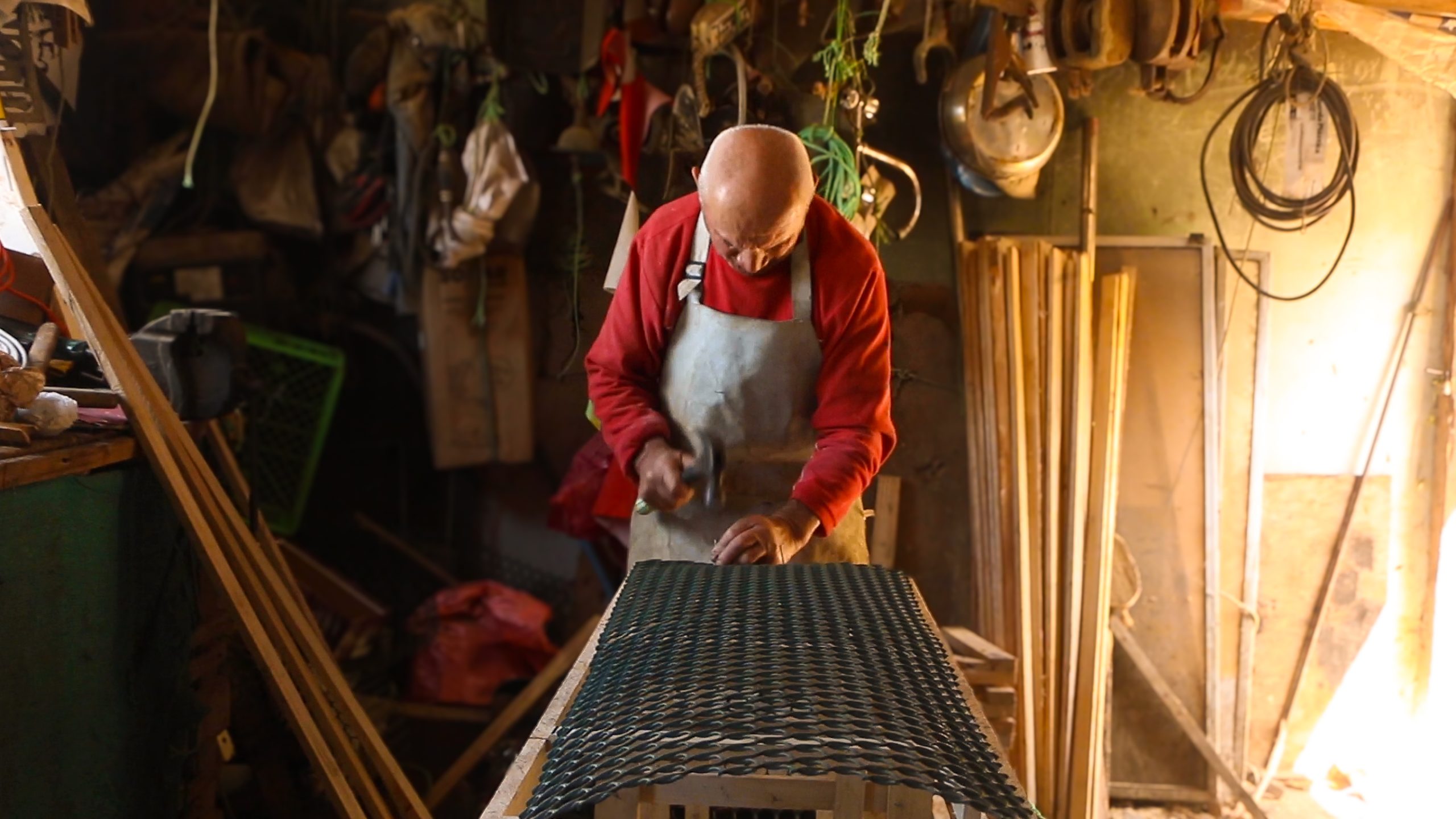
A friend told me, “there is a Chilean saying, ‘if God wills it,’ but here on the island, you say ‘if God and the island wills it.”’ With a climate as volatile and capricious as the deities of the ancients, the island maintains dominion over its inhabitants. If the sea is rough or the wind too strong, boats cannot come to or leave the island. Fishermen may work on a Saturday rather than a Monday, and it is impossible to predict when the cargo ship that brings groceries twice a month will finally dock. These dynamics mean any restaurant or market reliant on fresh fish or supplies from the mainland has similarly unpredictable hours and inventory.

The inability to plan concretely in advance began affecting my experience before I even arrived on the island. The grant office at Dartmouth required the specific dates of my travel, which I could not provide until the day of my flight. They–and I–also wanted an itinerary, clear knowledge of the weather conditions, and an understanding in advance of how and what I would be eating to know what to bring and what to expect. But I couldn’t even buy a ticket to Chile until the last minute when a potential window of clear weather was identified. Even after arriving in Santiago, my flight to Robinson Crusoe changed origin cities several times and left nearly a week after it was scheduled.
I was worried about delaying my first day in the office and disappointing my coworkers, but instead I was met with warm amusement and reassurance that flight delays are to be expected. The island let me start work when it was ready for me. Deep down, however, I was hesitant to embrace this ethos of finding harmony with the natural cycle of things.
My first few weeks, I felt an intense, unshakable fatigue. It was like the island was daring me to give up on trying to adapt. The first time I hiked to the campsite where the Island Conservation team implemented projects, I walked slowly, terrified to fall off the narrow paths, and upon arrival collapsed into my tent for a four hour nap. I had stayed up late working the night before, drastically underestimating the energy it would take to journey into the forest.
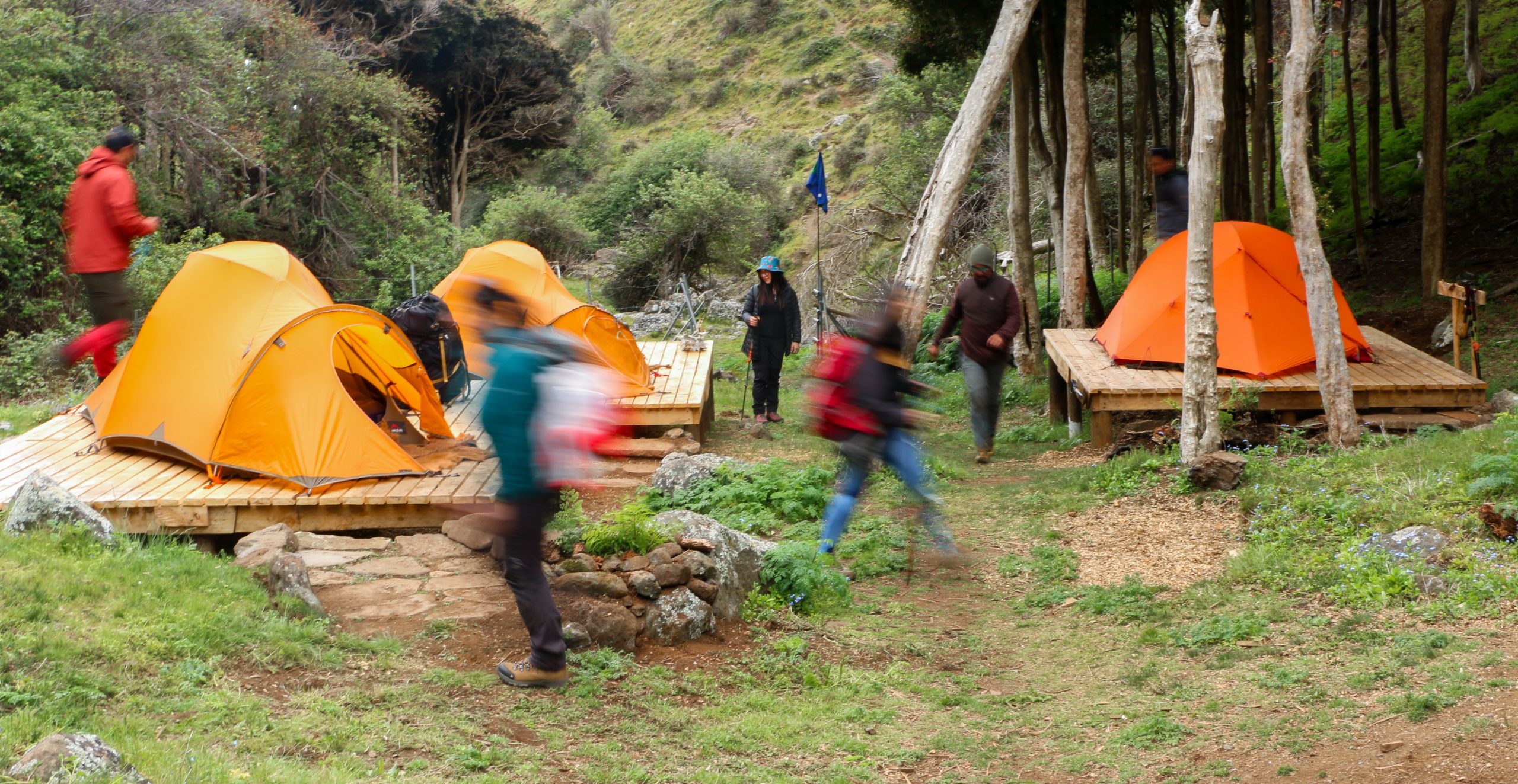
I only began to acclimate once I started listening to my body and trusting that the island did indeed know best. I let go of stress about pre-planning where to buy food and leaned into the casual generosity of the island families who invited me to dine with them. I began to do laundry on days following rainstorms to prevent my clothes from absorbing humidity as they hung to dry, rather than relying on drying machines. I didn’t buy a SIM card because I felt so safe, present, and connected that a phone seemed superfluous.
I spent my days diving with Juan Fernandez Fur Seals and watched as Pink-footed Shearwaters swarmed the lobster fishermen, hoping to share in their catch. I found myself surrounded by countless “tíos” and embraced by a powerful natural presence.
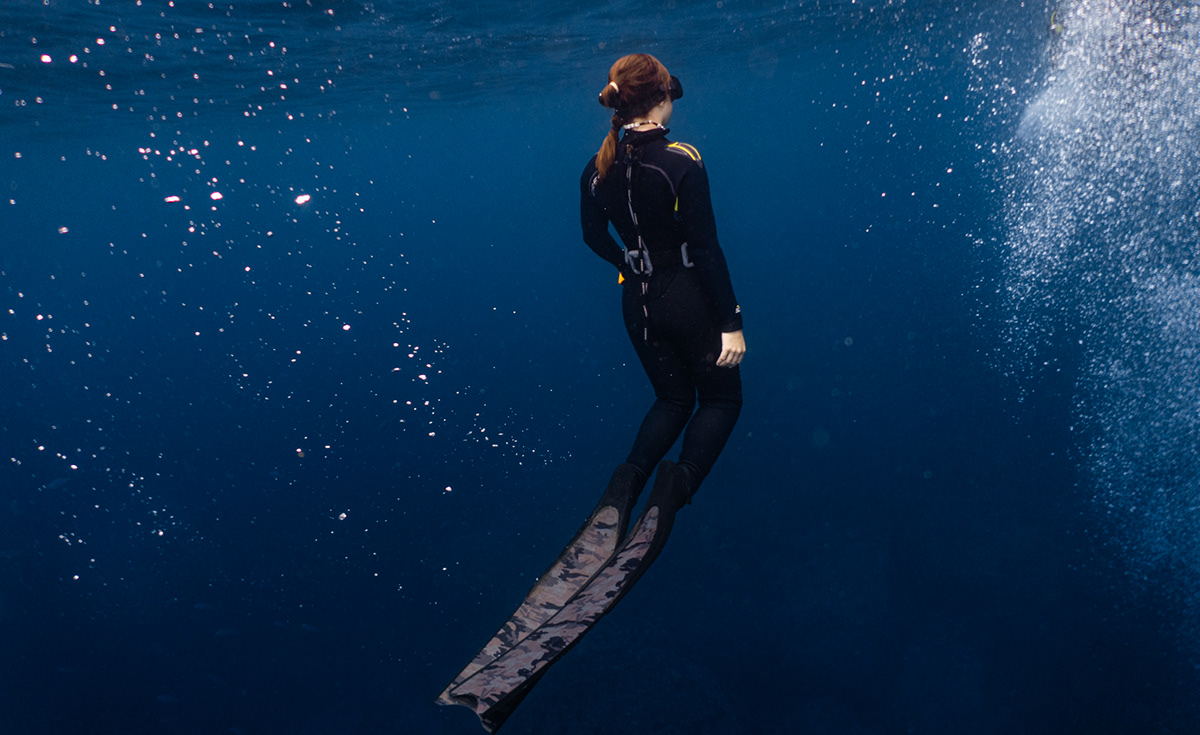
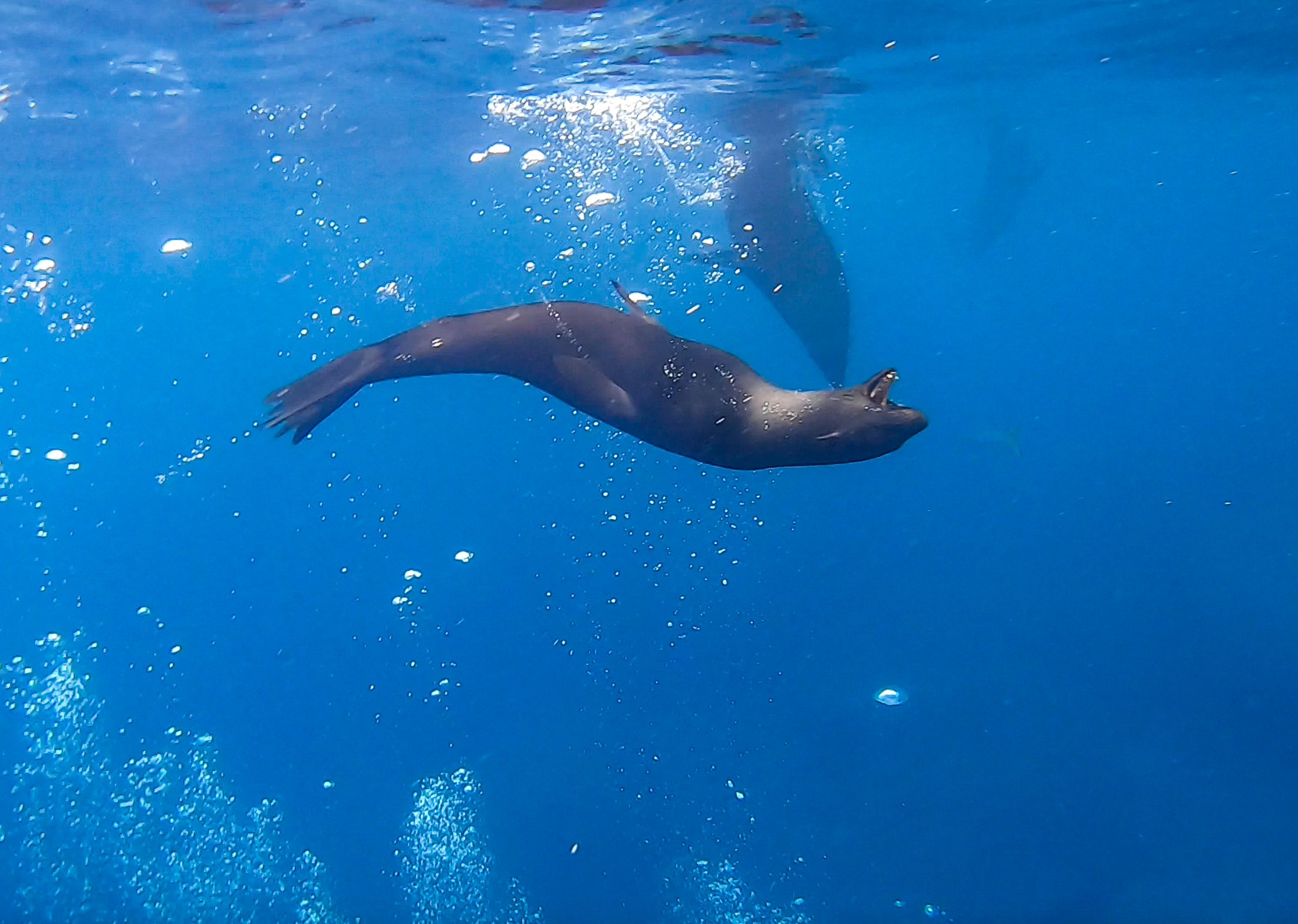
I was in awe of how life revolved around respecting the island’s natural conditions. The archipelago never had an indigenous population. There was never any spiritual cosmology to define how humans should interact with this space. In fact, its earliest inhabitants were pirates, before a small population of Europeans settled permanently. I began to wonder how a community of Europeans arrived in paradise with no desire to tame it when their countrymen were setting sail to conquer the world. While most early settlers were illiterate and left no concrete narratives of their lives, what remains is a strong identification with the land and its animal inhabitants that has been passed down through generations of islanders.

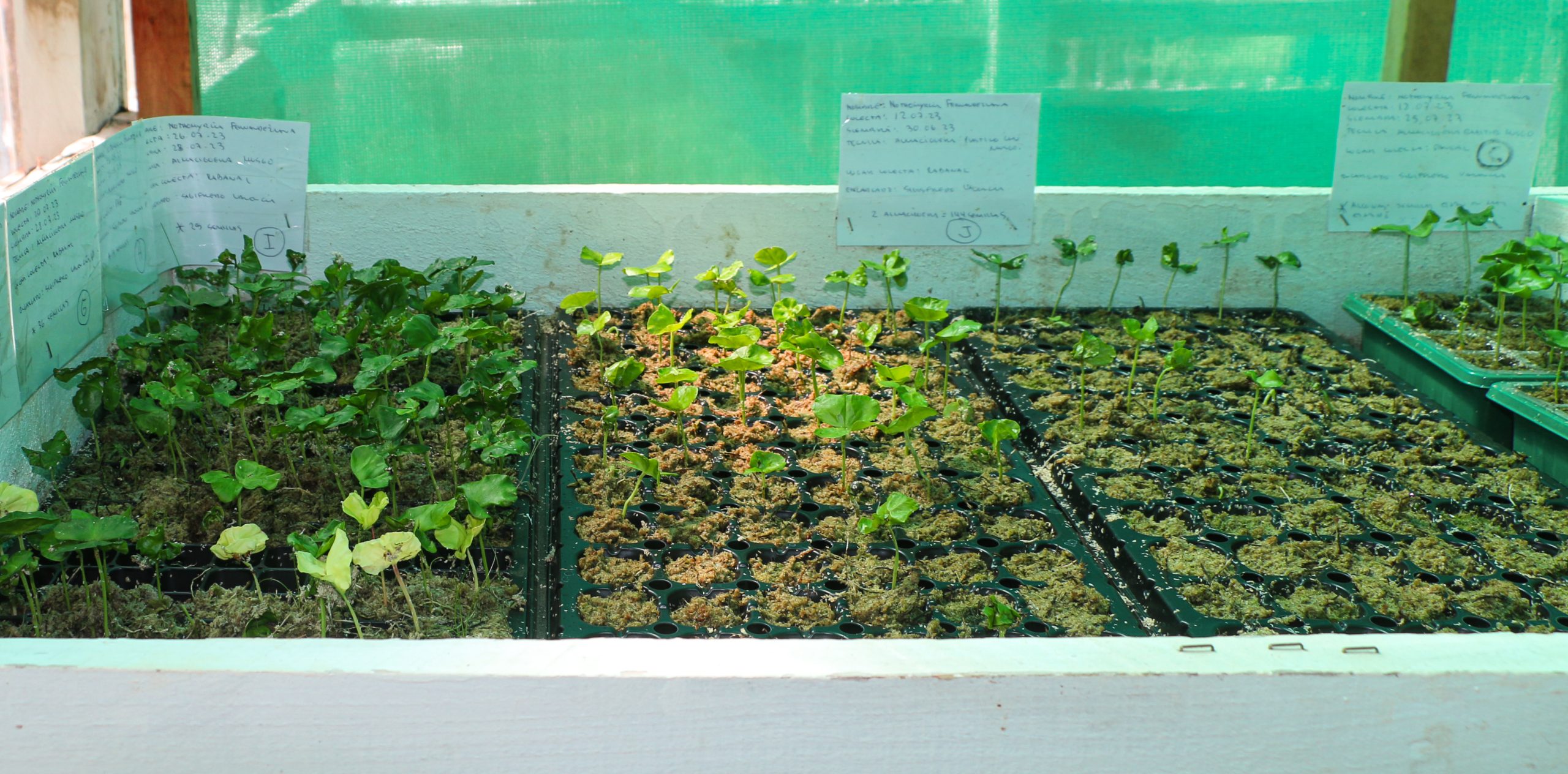
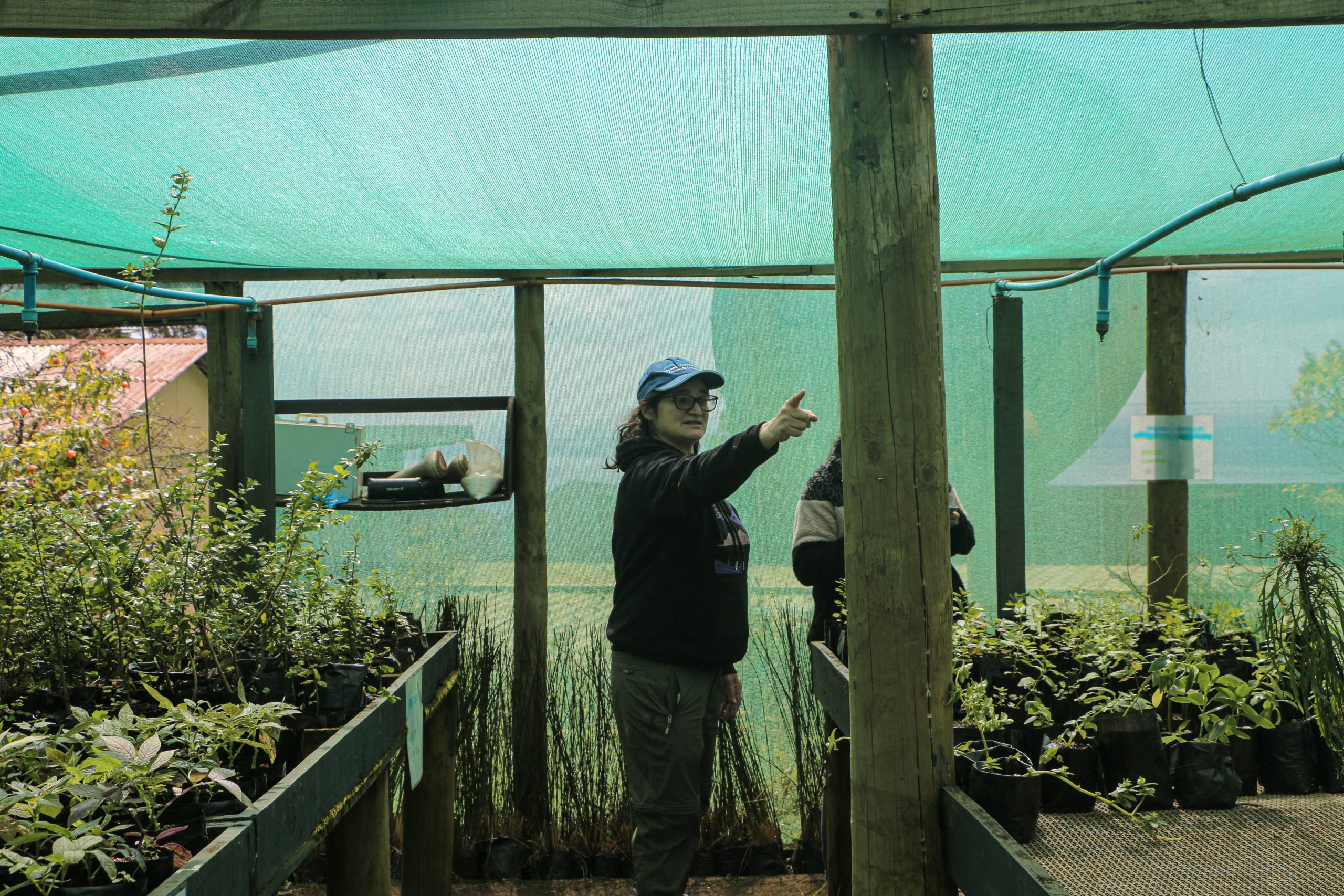
Part 2 coming soon!
Check out other journal entries we think you might be interested in.
Notifications